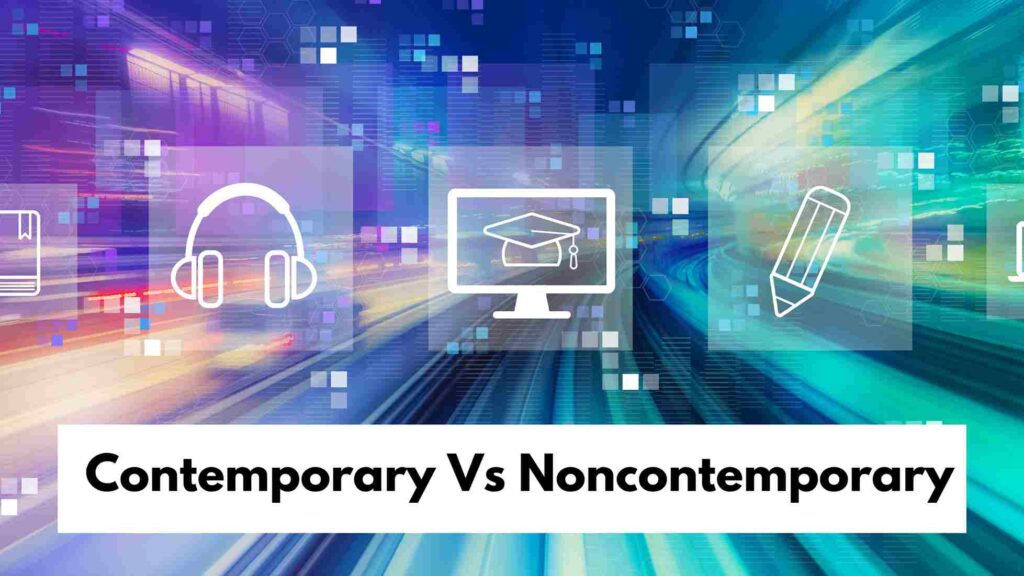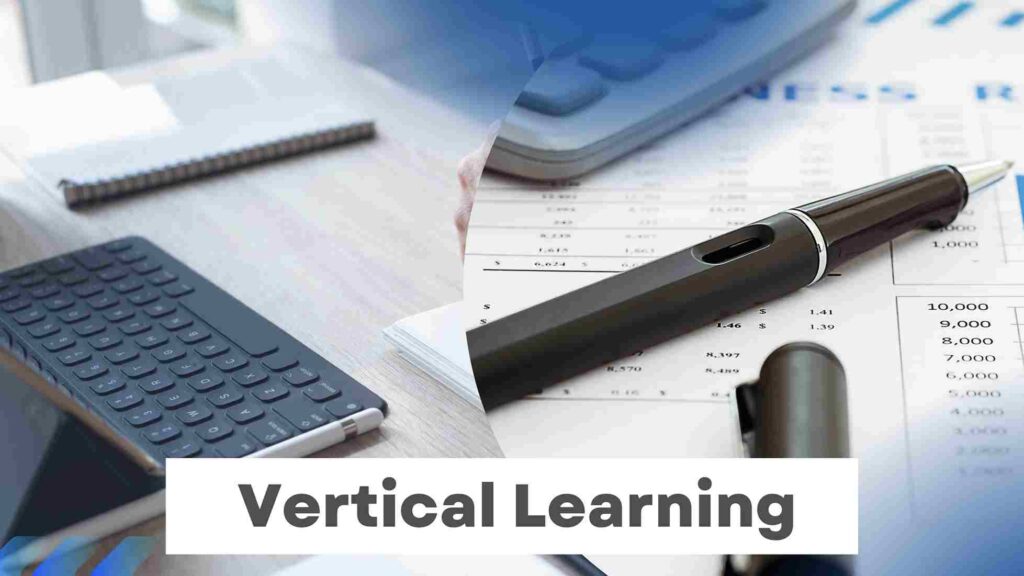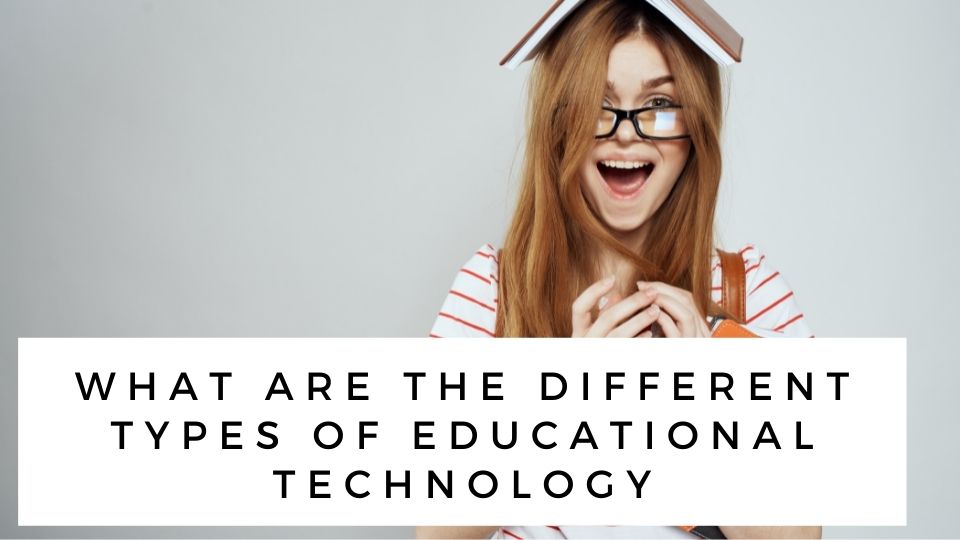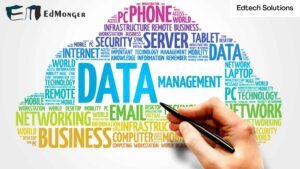Educational Technology (aka EduTech or EdTech) – the New era of learning! Gone are the days when we had to reach the classrooms to learn and gain knowledge. These days, individuals are not primarily dependent on institutions and textbooks since online education has provided them with an excellent opportunity to earn graduate degrees or diplomas without actually attending the colleges.
The new learning environment encourages and supports individuals in attending and participating in different Programmes. Now, Educational Technology is one of the most important forms of learning. It includes a wide range of media – texts, audio, videos, animations, live or in tapes, and the internet. In addition, individuals can learn either through distance learning programs or face-to-face with others.
Also Check – 10 Important Roles Of Technology In Education
Nowadays, there are various new terms like ‘Hybrid Learning’ or ‘Blended Learning’ – which includes both classroom and laptops, and ‘Distributed Learning’ – fully online distance learning. Moreover, educational Technology can be self-based, synchronous, or asynchronous. Let’s have a look at different types of educational technology.
Types of Educational Technology
There are three types of educational technology: Synchronous and Asynchronous, Linear learning, and Collaborative Learning. Let’s discuss these educational technology types in detail to get a clear understanding.
1. Contemporary Vs Noncontemporary

Contemporary and Noncontemorary are the first of the educational technology types. Due to new inventions being made every day, students can learn in or out of the classroom. Learning can be self-based with the help of various resources available on the internet), synchronous Learning and Asynchronous Learning. Now students can learn online through Distance Learning Programmes and virtual Classrooms.
Contemporary Learning is more of, ‘existing or occurring simultaneously‘, and refers to discussing thoughts and information regarding certain topics with others simultaneously. This type of learning is also known as ‘Synchronous learning’. Some examples are where people are online and working jointly, like face-to-face discussions, chat rooms or virtual classrooms, live teaching and feedback sessions, Skype conversations, etc. Since the students are working in groups, they widen the range of their thinking by listening to others’ thoughts about the same topics. This will also help in learning and gathering more information which will further result in boosting their knowledge.
Also, Read: Metaverse in education
Noncontemorary learning happens ‘not in real-time’. So, noncontemporary learning is mainly done through blogs, emails, online textbooks, audio/video courses, hypertext documents, wikis, etc. In this type of educational technology, students can learn at their own tempo. If they don’t understand the lesson at once, they can read it again without falling behind in the class. Through online courses, students can complete their program while doing internships, work, or sports, or if failed, they can repeat their course without any embarrassment of being in the same class with younger students.
2. Vertical Learning

Vertical Learning is the second number in educational technology types. Vertical Learning is all about Computer-Based Training (CBT), where the information about the program is sent to students’ computers, tablets, or smartphones. It looks much like reading an online manual or book. It is frequently used in teaching static processes, like using software or completing mathematical equations. The training is similar to Web-Based Training (sent over the Internet using a web browser).
CBT is different from traditional learning as there is no classroom, textbooks, or manuals. Instead, videos and animation can be included in CBT which will help students understand the topics more precisely. Furthermore, with the help of Computer-Based Training, assessments such as multiple-choice questions, drag-and-drop, and others can be stored easily and recorded using online software and providing feedback/results simultaneously to users. Lastly, users can get the result online in the form of a certificate.
However, there are some challenges, as creating the required CBTs requires significant resources. Sometimes, the CBT may be complex to use. Also, there is no interaction between students or teachers, resulting in no exchange of thoughts and knowledge.
Some examples of CBT are – training people in how to operate heavy equipment (e.g., cranes) and vehicles (e.g., aircraft) or how to work safely in hazardous environments (e.g., oil rigs).
3. Peer Learning

Peer means ‘to work with another person or group to achieve or do something, so Collaborative Learning is how learning is done in groups by working together. Problem-solving, learning new concepts or completing tasks are, provided in groups of two or more to work together. In this way, individuals can learn through collecting data and listening to others’ thoughts rather than simply learning the provided resources. This way, they are dependent on teachers (the primary source of skills and knowledge).
How Educational Technology is Preparing US Students for the Future Workforce?
In the United States, the influence of educational technology is on the rise especially on the students’ performance on mathematics and customization of the school experience. In the studies for instance, computer Assisted Learning (CAL) programs such as targeting math, show enhanced performance in academics. In 20 out of the 30 studies students’ performance improved, more so, students who were previously of low standing.
Tools used, such as Khan Academy and ST Math employ such learning methods where skills are learned gradually and progressively, selecting inputs for the learner to incorporate based on the individual’s pace, thus enhancing retention.
Students’ ability to practice effective digital citizenship is also another aspect which has a positive impact. In those schools in the USA that have adopted the one-to-one laptop scheme, students have been able to gain the skills necessary to use the Internet and other technologies to solve challenges.
Read Here: Education technology that will engage parents with their child’s learning
On the other hand, these are also limited in perspective since they do not affect traditional indicators of learning success such as results. However, they ensure that the learners are prepared for the job market that involves a lot of technology. As a result, students strengthen various skills for the 21st century, such as online collaboration with Google Workspace and online communication via Zoom.
For instance, in Greater Loudoun, Virginia, a school district incorporated blended learning with personalized learning applications and incorporated switching to digital textbooks, which saw an increase of 11% in mathematics scores within a year of implementation. Similarly, Miami-Dade County Public Schools launched an initiative using i-Ready, a digital tool for math and reading, helping students increase their math proficiency by 20% over three years(MIT News)(SpringerOpen).
In the End… So the gist of the above data is that these different types of educational technology are the new era for learning, where individuals need not attend classes, they can learn anywhere regardless of age. Moreover, they are not only dependent on teachers to provide knowledge, but they can learn through different sources (also learning through the process of finding sources).
By





Pingback: 5 Reasons Why Your Child Should Participate in Model United Nations (MUN)
Pingback: Importance of equity in education | How to achieve Equity in Education?
Pingback: Roadmap to transit school education after NEP - Edmonger
Pingback: What are some examples of Technology in the classroom? - What Type Degree